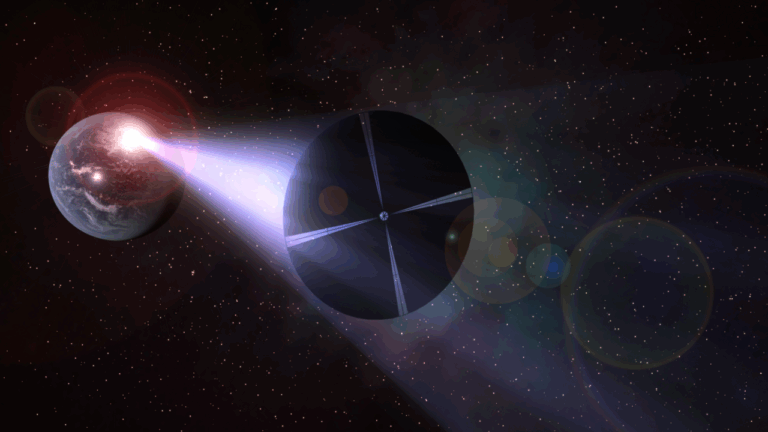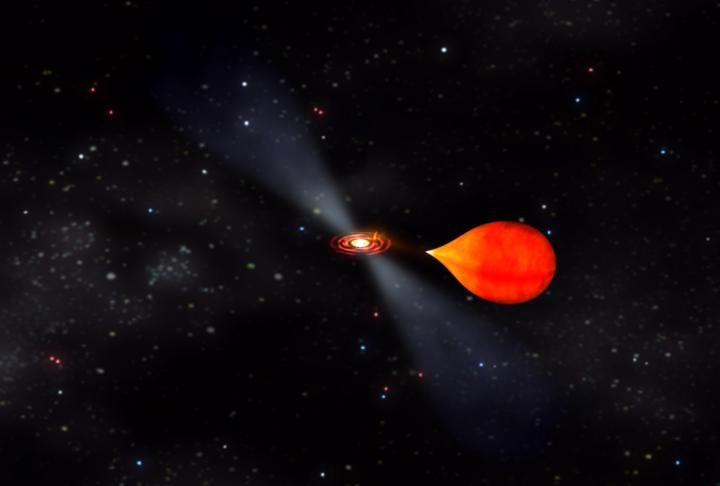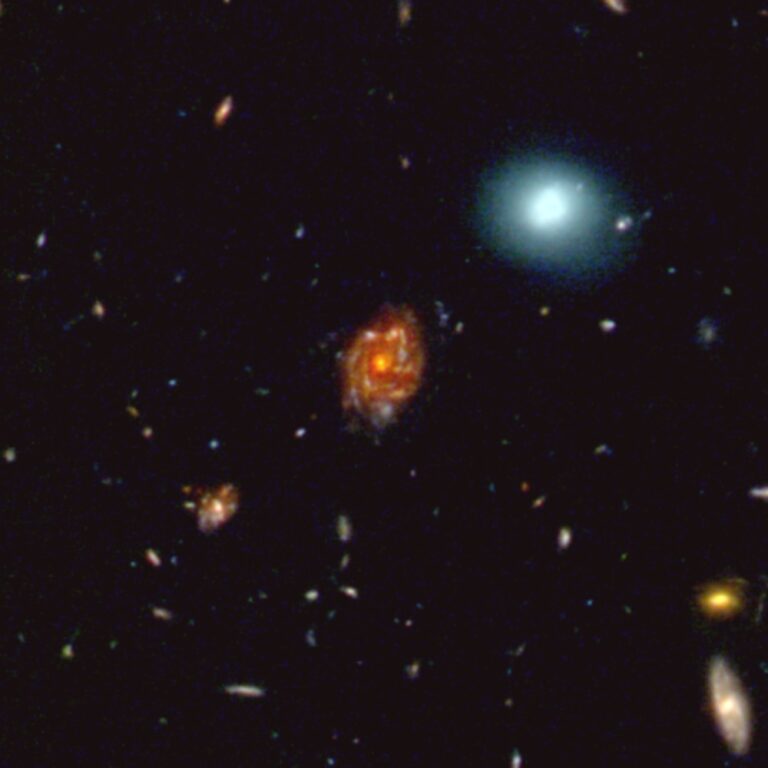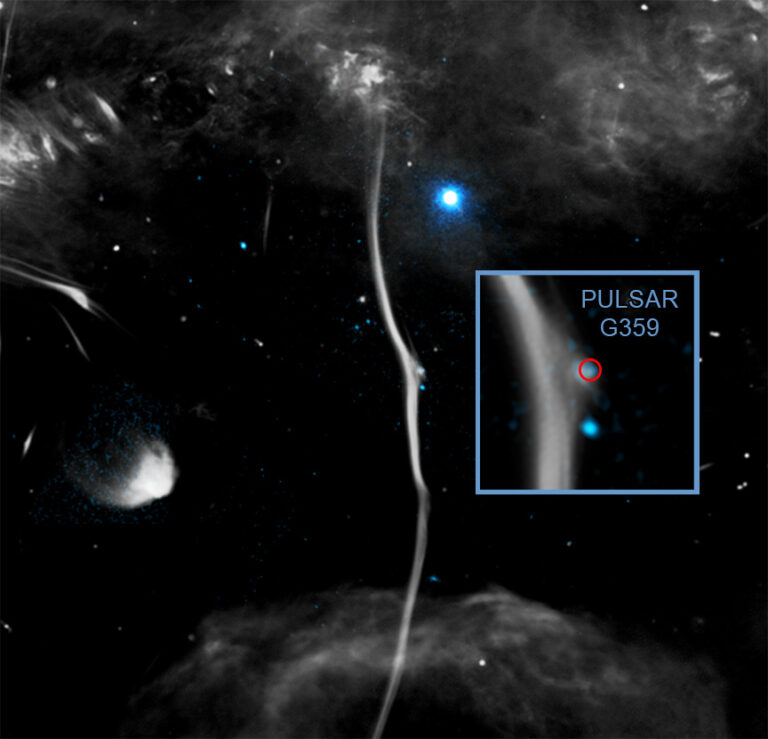Key Takeaways:
Editor’s Note: Since this research was initially published, several studies have contested one of its main results (link 1, link 2, link 3). Outside researchers believe the object discovered is likely a black hole much less than 70 solar masses.
When many large stars die, they turn into black holes. And yet, despite the billions of stars in our Milky Way, astronomers have only discovered a handful of black holes within the galaxy. That’s because, at the moment, their methods can only pick out black holes in certain situations.
The few nearby black holes discovered so far have been found because they’re locked in a close orbit with a star. And astronomers find them by looking for X-ray radiation given off as the black hole pulls material from this companion sun.
A Strangely Massive Black Hole
The Large Sky Area Multi-Object Fiber Spectroscopic Telescope (LAMOST) in China has been scanning the skies since 2016 watching for stars in binary systems. Along the way, astronomers using it discovered a relatively bright star, some eight times the sun’s mass, that orbits a seemingly invisible star once every 79 days.
A Possible Three-Body System
The researchers have a couple speculative explanations for how this system came to be. One possibility is that this was actually a triple star system, with two close stars that together formed one massive black hole and one farther star that still remains today. Another possibility is that the 70 solar masses of black hole in the system is actually two smaller black holes that orbit tightly together while the observed star circles them in its wider, 79-day orbit.











